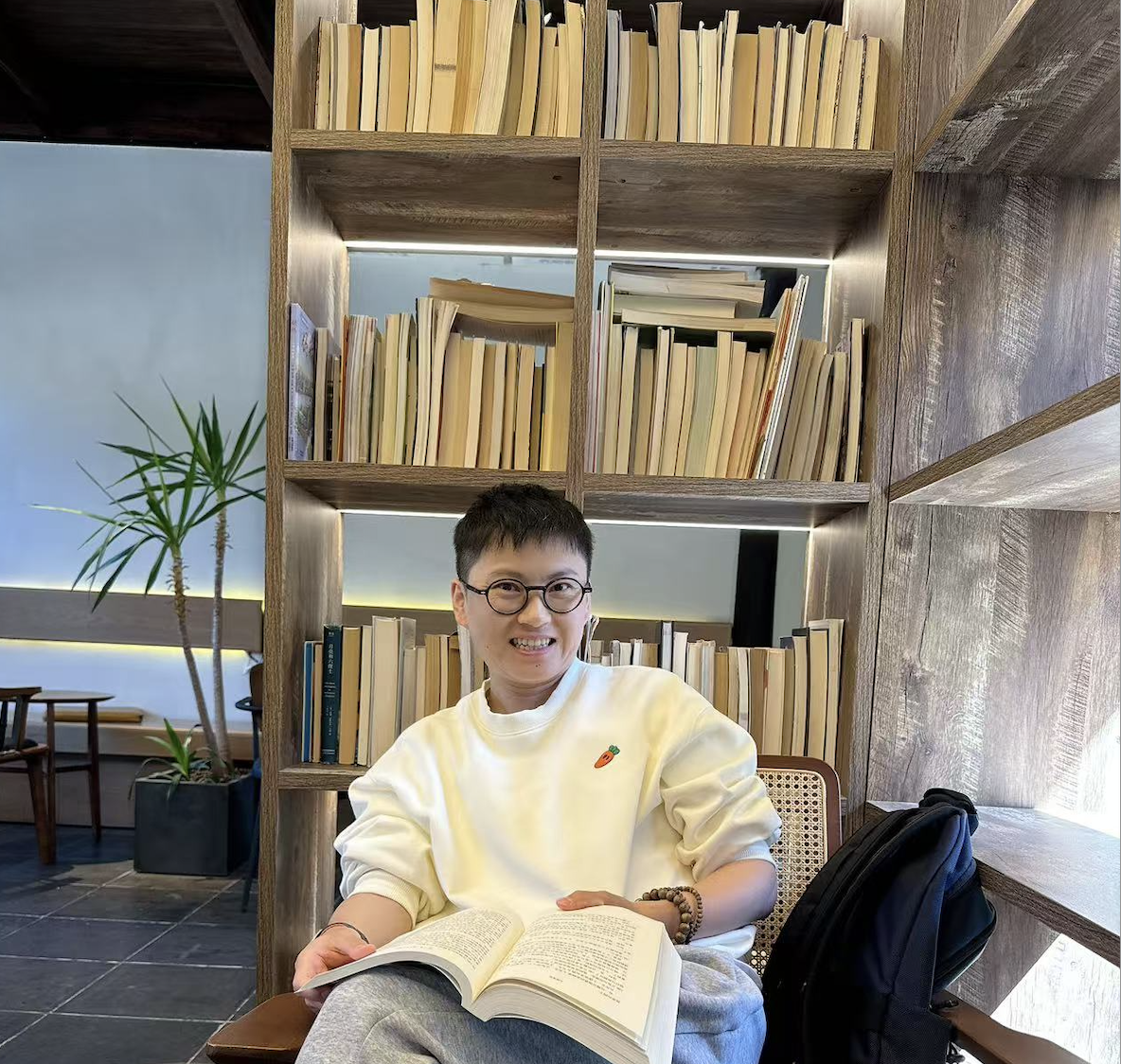Pressure relief valves are most critical components in the world of industrial systems, designed to safeguard against the potential dangers associated with excess pressure. Pressure relief valves, commonly referred to as safety relief valves, play a crucial role in maintaining the delicate balance within a system with pressure vessels.
As pressure becomes a constant factor in the industrial operations, the risk of exceeding safe limits looms. Most pressure relief valves set to automatically release excess pressure to prevent catastrophic outcomes. Whether in chemical plants, power generation facilities, or manufacturing units, the role of these two, safety valve or pressure relief valve is crucial in ensuring system safety and integrity is paramount.
In this blog, we provide a brief overview of pressure relief valves, highlighting their significance in the complex landscape of industrial systems.
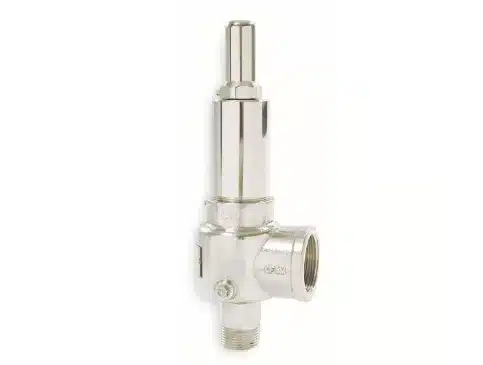
Basics of Pressure Relief Valves
Pressure relief valves also know as PRVs, relief valves, or pressure release valves, are integral components in various industrial systems designed to protect against the dangers of excess pressure. pressure relief valves work as the last line of defense to manage and control the excess pressure in any pressurized system. As THINKTANK, a company specializing in the field, we understand that pressure relief valves are critical safety devices in various industrial systems. Here’s an overview of what they are and their significance:
Function
Pressure relief valves are designed to automatically release pressure from a system when it exceeds a predetermined pressure limit. They open at a set pressure level to redirect excess fluid (gas, steam, or liquid) and close again when the system returns to a safe pressure level.
Safety Mechanism
These valves are the last line of defense against overpressure situations, which can lead to equipment failure, hazardous incidents, or even catastrophic accidents. By managing overpressure, they play a vital role in protecting both equipment and personnel.
Diverse Applications
Pressure relief valves are used in a wide range of industries, including oil and gas, chemical processing, power generation, and pharmaceuticals, to name a few. They are essential components in any system where pressure control is critical.
Regulatory Compliance
In the manufacturing of pressure relief valves, we ensure compliance with various industry standards and safety regulations. This not only helps in safeguarding operations but also ensures that the valves meet the highest quality and safety benchmarks.
Customization and Innovation
At THINKTANK, we focus on innovation and customization. We understand that different applications may have unique requirements, and we strive to design and produce pressure relief valves that meet to these specific needs, ensuring optimal performance in each unique environment.
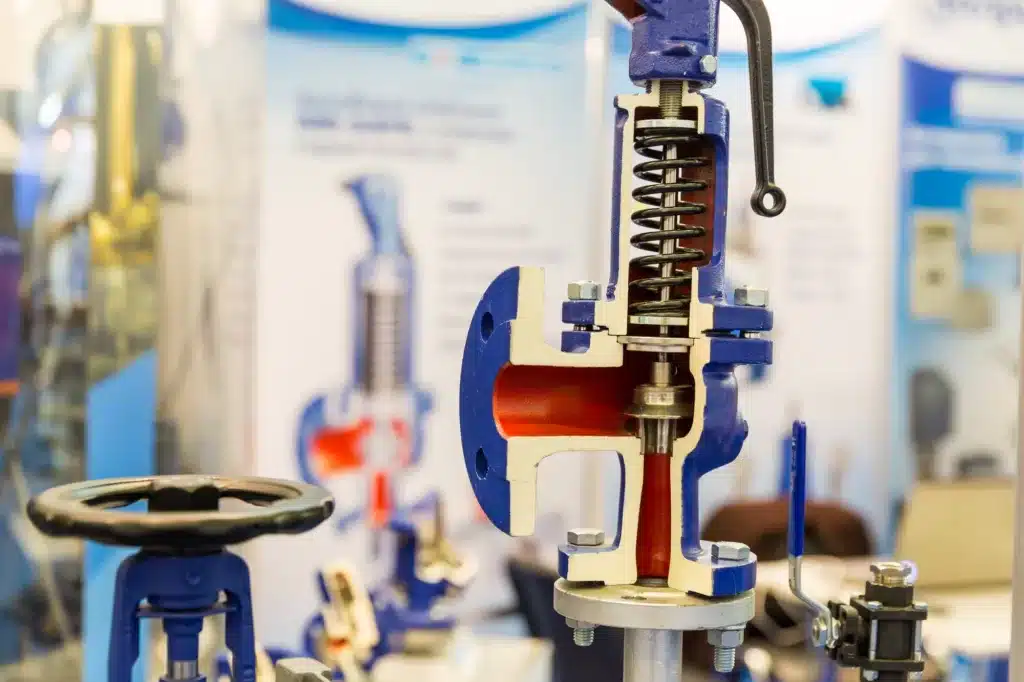
Types of Pressure Relief Valves
Pressure relief valves come in various types, each addressing specific industrial needs. Understanding these types is vital for selecting the most suitable valve for a given application.
A. Spring-Loaded Pressure Relief Valves
Spring-loaded pressure relief valves are among the most common. These valves utilize a spring mechanism to maintain the valve in a closed position. When the system pressure exceeds the set limit, the spring compresses, allowing the valve to open and discharge excess pressure. These valves are known for their simplicity, reliability, and effectiveness in various settings.
B. Pilot-Operated Pressure Relief Valves
Pilot-operated pressure relief valves employ a different mechanism. They consist of a main valve and a pilot valve. The pilot valve controls the main valve’s position, ensuring it opens when needed. This design offers greater precision and is often used in applications where tight pressure control is essential.
C. Other Varieties
In addition to the two main types mentioned, there are other specialized pressure relief valves designed for specific industrial scenarios. These may include balanced-bellows valves, thermal relief valves, or pressure vacuum breakers, each addressing unique challenges in different settings.
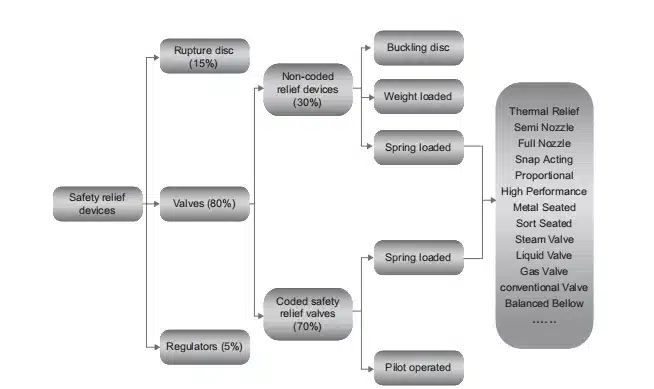
Applications and Industries
Pressure relief valves find extensive applications across diverse sectors, playing a critical role in ensuring the safety and functionality of various systems.
A. Diverse Applications in Various Sectors
Pressure relief valves are versatile components with applications in a wide range of industries. In HVAC systems, these valves safeguard against excessive pressure in heating or cooling systems. In oil and gas refineries, they prevent overpressure in pipelines and storage tanks. Pharmaceutical and chemical processes benefit from pressure relief valves to maintain optimal conditions and prevent equipment damage. Their applications extend to water treatment plants, power generation facilities, and more.
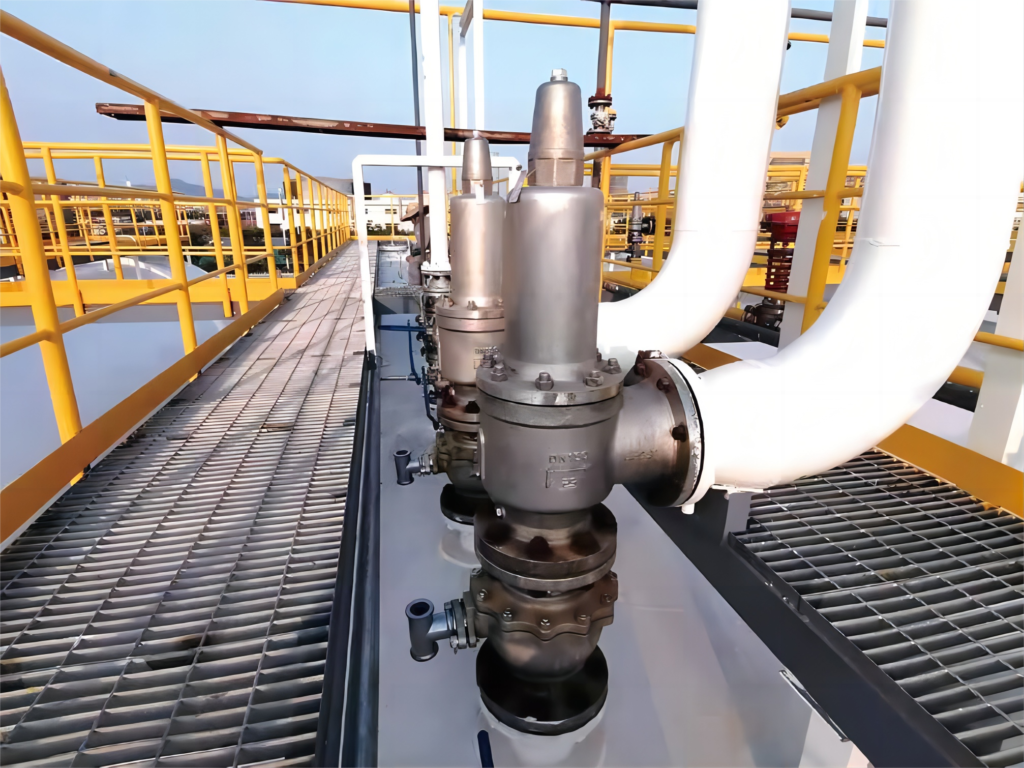
B. Key Industries That Rely on Pressure Relief Valves
Several key industries heavily rely on pressure relief valves to maintain operational safety and prevent catastrophic failures. The petrochemical industry, where potentially hazardous materials are processed, depends on these valves to prevent potential disasters. Aerospace and aviation utilize pressure relief valves in hydraulic systems to ensure precise pressure control. Manufacturing and industrial facilities, including food processing plants and pulp and paper mills, incorporate these valves to maintain safe operating conditions.
In essence, pressure relief valves serve as a critical components across a spectrum of applications, contributing to the safety and efficiency of numerous industries.
Importance in Safety
Pressure relief valves are paramount in maintaining the safety and integrity of industrial systems, playing a crucial role in preventing overpressure events and safeguarding overall operations.
A. Role in Preventing Overpressure Events
The primary function of pressure relief valves is to prevent overpressure events within a system. These valves act as protectors, monitoring and controlling the pressure levels to ensure they stay within safe limits. In the event of a pressure surge, the valve promptly opens releasing excess pressure and preventing potential damage to the system. This proactive approach reduces the risk of catastrophic failures, protecting both equipment and personnel.
B. Ensuring System Safety and Integrity
Pressure relief valves contribute significantly to the safety and integrity of industrial systems. By maintaining optimal pressure conditions, these valves prevent structural damage to pipes, vessels, and other components. This not only extends the lifespan of the equipment but also minimizes the risk of leaks or ruptures that could lead to hazardous situations. The consistent and reliable operation of pressure relief valves is essential for ensuring the overall safety and integrity of industrial processes.
The importance of pressure relief valves in safety cannot be overstated, as they serve as essential components in preventing overpressure events and upholding the integrity of industrial systems.
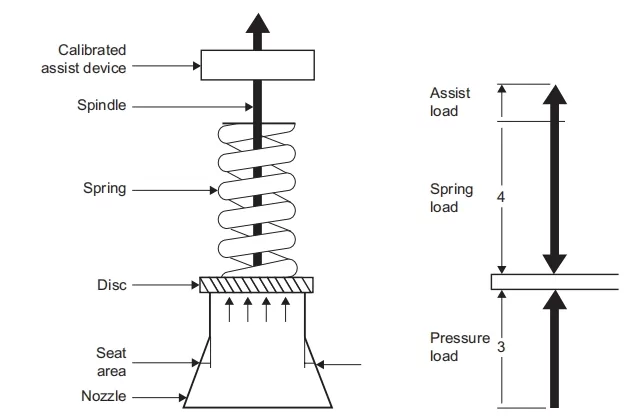
Selection and Installation
Choosing and installing pressure relief valves are critical steps in ensuring their effective performance and the overall safety of industrial systems.
A. Factors to Consider When Choosing Pressure Relief Valves
System Requirements
Understanding the specific requirements of the industrial system is crucial. Factors such as the type of fluid, operating pressure, and temperature variations must be considered to select valves that align with system needs.
Valve Capacity
Determining the required capacity of the pressure relief valve is essential for handling potential pressure surges. Engineers need to calculate the maximum expected flow rate to ensure the selected valve can handle the system’s demands.
Set Pressure
Setting the pressure at which the relief valve activates is a critical consideration. It should align with the maximum allowable pressure in the system to prevent false activations or insufficient protection.
Material Compatibility
The compatibility of valve materials with the substances in the system is vital. Choosing materials that resist corrosion and deterioration enhances the longevity and reliability of the valve.
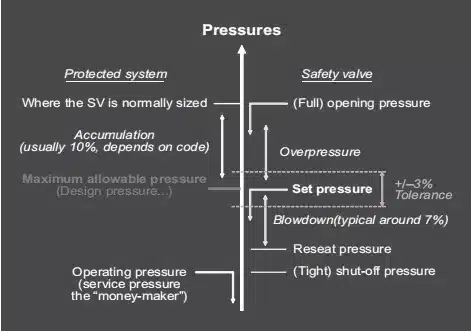
B. Proper Installation Practices
Location
Install pressure relief valves in strategic locations where they can effectively monitor and respond to pressure changes. Consider factors such as accessibility, visibility, and ease of maintenance.
Piping Configuration
Proper piping and connection configurations are essential for optimal valve performance. Avoid sharp bends or restrictions in the piping that could hinder the valve’s ability to function.
Orientation
Install valves in the correct orientation to ensure proper operation. Incorrect positioning can lead to performance issues or malfunctions during pressure fluctuations.
Regular Inspection
Implement a schedule for regular inspections and maintenance to identify and address any issues promptly. This proactive approach contributes to the longevity and reliability of the pressure relief valves.
By carefully considering these factors during the selection process and adhering to proper installation practices, industrial operators can enhance the effectiveness of pressure relief valves and contribute to the overall safety of their systems.
Maintenance and Inspection
Regular maintenance and detailed inspections are fundamental aspects of ensuring pressure relief valves function optimally, safeguarding industrial systems from potential risks.
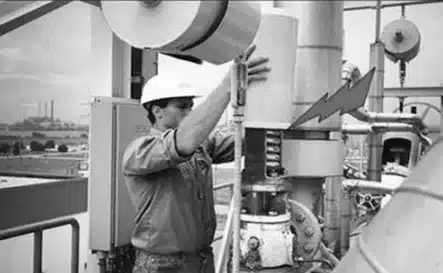
A. Regular Checks for Optimal Performance
Periodic Schedule
Establish a routine schedule for conducting regular checks on pressure relief valves. Consistent inspections help identify issues early, ensuring the valves remain in peak condition.
Visual Inspection
Perform visual assessments to check for visible signs of wear, corrosion, or damage. This can include inspecting the valve body, disc, and seat for any irregularities.
Functional Testing
Conduct functional tests to verify that the valve opens and closes as intended. Simulating pressure changes allows operators to assess the responsiveness and reliability of the valve.
Calibration Verification
Ensure that the valve is calibrated to the specified set pressure. Periodically verify the calibration to guarantee that the valve activates at the correct pressure threshold.
B. Identifying Signs of Wear and Issues
Leaks
Monitor the valve for any signs of leaks, which can compromise its ability to relieve excess pressure. Leaks may indicate issues with the sealing surfaces or other internal components.
Corrosion
Check for corrosion on the valve body and internal components. Corrosion can weaken the structural integrity of the valve, reducing its effectiveness.
Unusual Sounds
Pay attention to any unusual sounds during valve operation. Strange noises could indicate mechanical issues or the presence of foreign objects obstructing the valve’s movement.
Irregular Pressure Relief
If the valve fails to relieve pressure or does so inconsistently, it may indicate internal malfunctions. Investigate and address such issues promptly to prevent system disruptions.
Regular maintenance and careful inspections empower industrial operators to detect and address potential problems before they escalate. By adhering to these practices, the reliability and effectiveness of pressure relief valves are preserved, contributing to the safety and longevity of the entire industrial system.
Summary
In summary, pressure relief valves are fundamental components for maintaining safe pressure levels in industrial systems, thereby ensuring the safety, reliability, and efficiency of operations across various sectors. if you want to learn more about pressure relief valve PRV or safety relief valve and best practices please check our other posts.


